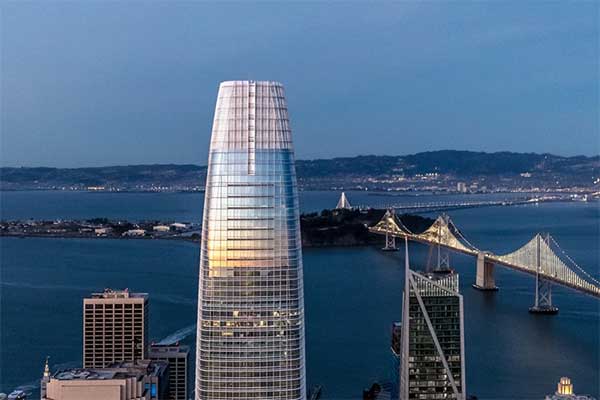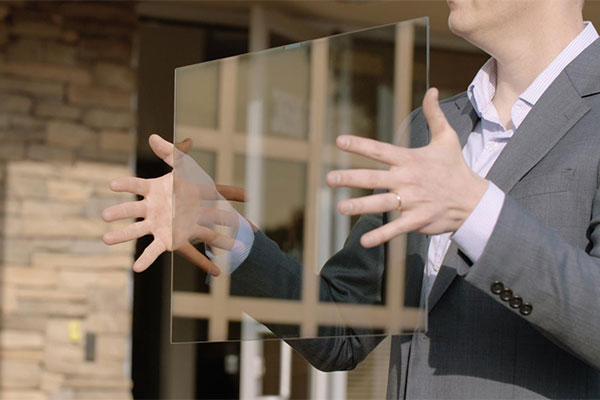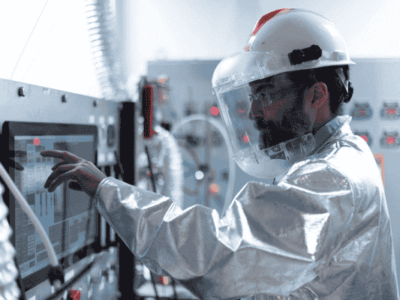Solar panels are a popular method for capturing solar energy but they have some limitations, they need lots of space special installation and have some aesthetic drawbacks. But what if they looked like transparent glass and every window around you doubled as a solar panel.
“We’ve developed a way of making solar cells transparent by only capturing the invisible light,” says Miles Barr, Founder, and CTO of Ubiquitous Energy. “This is the only technology that allows you to do that.
Ubiquitous Energy isn’t the first to develop solar glass. Others have found results by combining glass with solar cells that are thinner and smaller but they could have drawbacks like lower power efficiency and less transparency.
Ubiquitous took a different approach and developed a solar coating made from organic dyes designed to match the transparency of standard windows.
“Light-absorbing dyes are found all around us—they’re in paints, they’re in pigments for clothing,” adds Barr. “What we’ve done is—we’ve engineered those dyes to selectively absorb infrared light and also convert that light into electricity.”
That’s key because infrared light is invisible to the human eye.
Visible light doesn’t do anything on the glass. It just passes right through while the invisible infrared lights generate electricity.
The result is solar glass that delivers the best combination of energy efficiency and transparency.
Barr says they are beginning to do installations of the glass in real buildings. For now, solar glass is still less efficient than traditional solar panels, but its potential for wider use can make up for that.

Salesforce Tower is the tallest building in San Francisco, joining the Golden Gate Bridge and the Transamerica Building as one of the skyline’s defining elements (Architect Magazine).
“For example, the sales force tower in San Francisco has 70 times as much vertical surface to its rooftop and that would mean over 20 times more energy production from transparent solar, than opaque solar on the rooftop,” says Barr. “The windows would generate enough electricity to offset over a quarter of the building’s electricity consumption.
That matters in the U.S were buildings consume 70% of the country’s electricity. But to offset all of that energy consumption will require more than solar windows.
Ubiquitous Energy hopes their technology can complement conventional solar panels. That combining these renewable energy technologies can get buildings to net-zero energy meaning they produce as much energy as they consume.











Comments